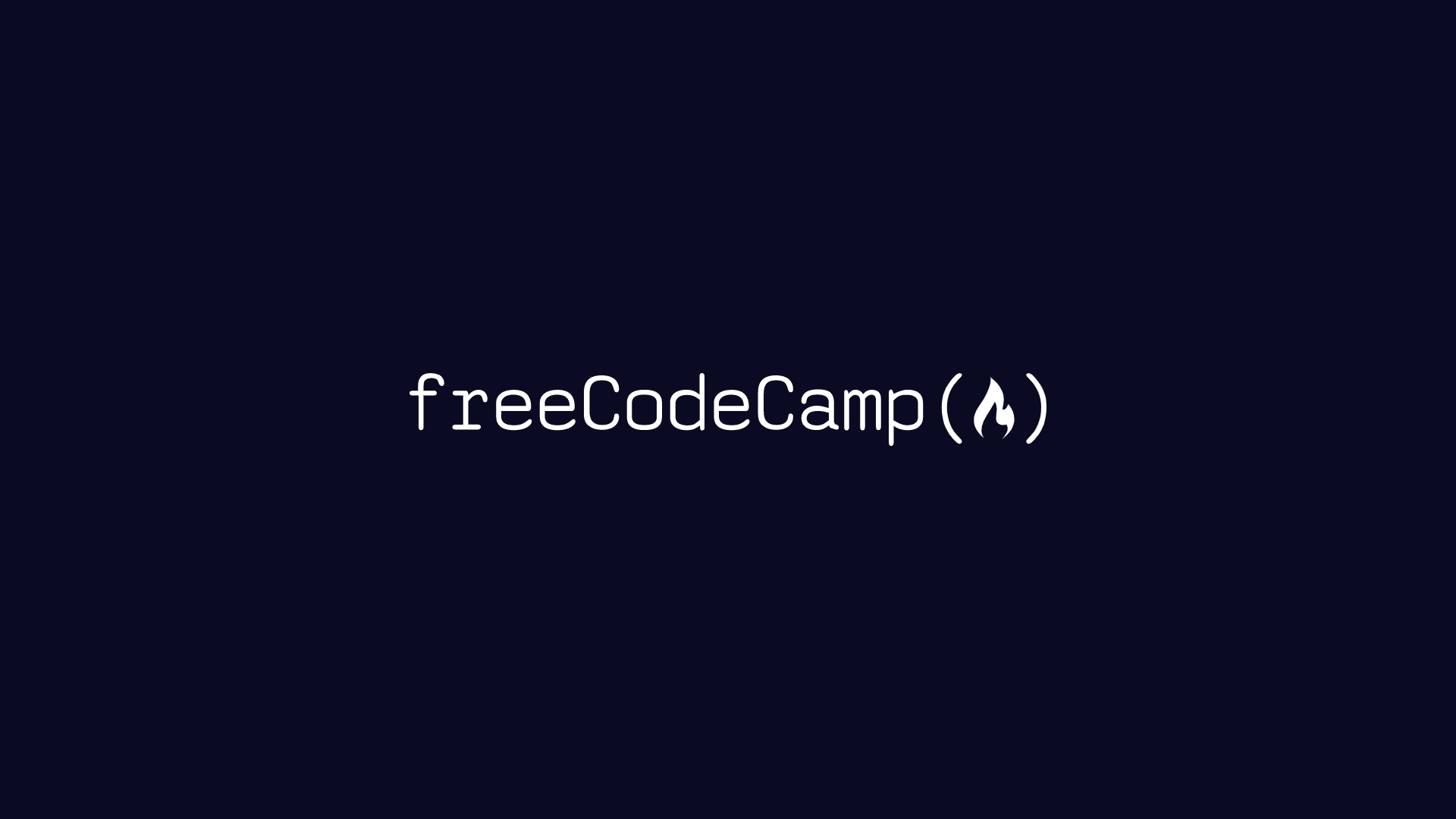
Learn High-Level System Design by Building a YouTube Clone
Learn High-Level System Design by Building a YouTube Clone 관련

High-Level System Design involves creating a blueprint for complex systems, focusing on architecture, component interactions, and scalability. It addresses how different parts of a system communicate, manage data, and handle user requests efficiently.
We just published a course on the freeCodeCamp.org YouTube channel about high-level system design. This course offers a unique hands-on approach to understanding high-level system design (HLD) concepts by building a fully functional YouTube-like platform. Keerti Purswani developed this courese.
What is High-Level System Design?
High-Level System Design involves creating a blueprint for complex systems, focusing on architecture, component interactions, and scalability. It addresses how different parts of a system communicate, manage data, and handle user requests efficiently.
Course Overview
In this course, you will start with a basic system flow and gradually incorporate three key services: upload, watch, and transcoder. Each service is important to building a scalable and robust video platform. Here’s a detailed look at what you will learn:
- Upload Service: Learn how to handle video uploads effectively, including chunking and managing large file transfers.
- Transcoder Service: Dive into transcoding with FFmpeg, a powerful tool for converting video formats and optimizing videos for different devices.
- Watch Service: Implement Adaptive Bitrate Streaming using HLS (HTTP Live Streaming) to ensure smooth playback across various network conditions and devices.
Technologies Covered
This course leverages a range of modern technologies to build the YouTube clone:
- Front-end: JavaScript and React for creating dynamic user interfaces.
- Back-end: Node.js and Express for building scalable server-side applications.
- Database: Prisma as an ORM (Object-Relational Mapping) tool to interact with databases.
- Frameworks: Next.js for server-side rendering and improved performance.
- Other Tools: Docker for containerization and Redis for caching to enhance performance and scalability.
By the end of this course, you will have a deep understanding of high-level system design principles and practical experience in building a complex application. Watch the full course on the freeCodeCamp.org YouTube channel (2-hour watch).